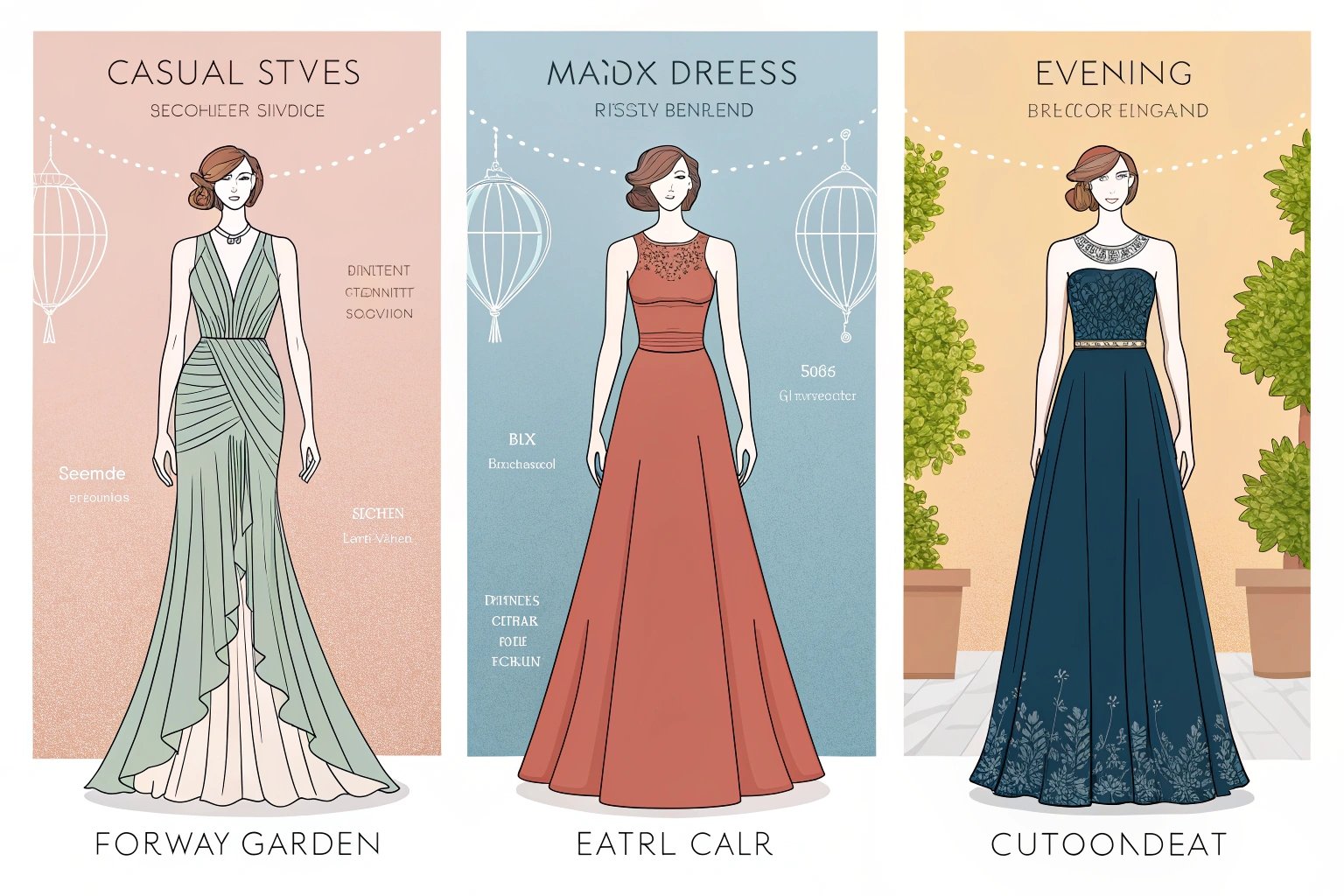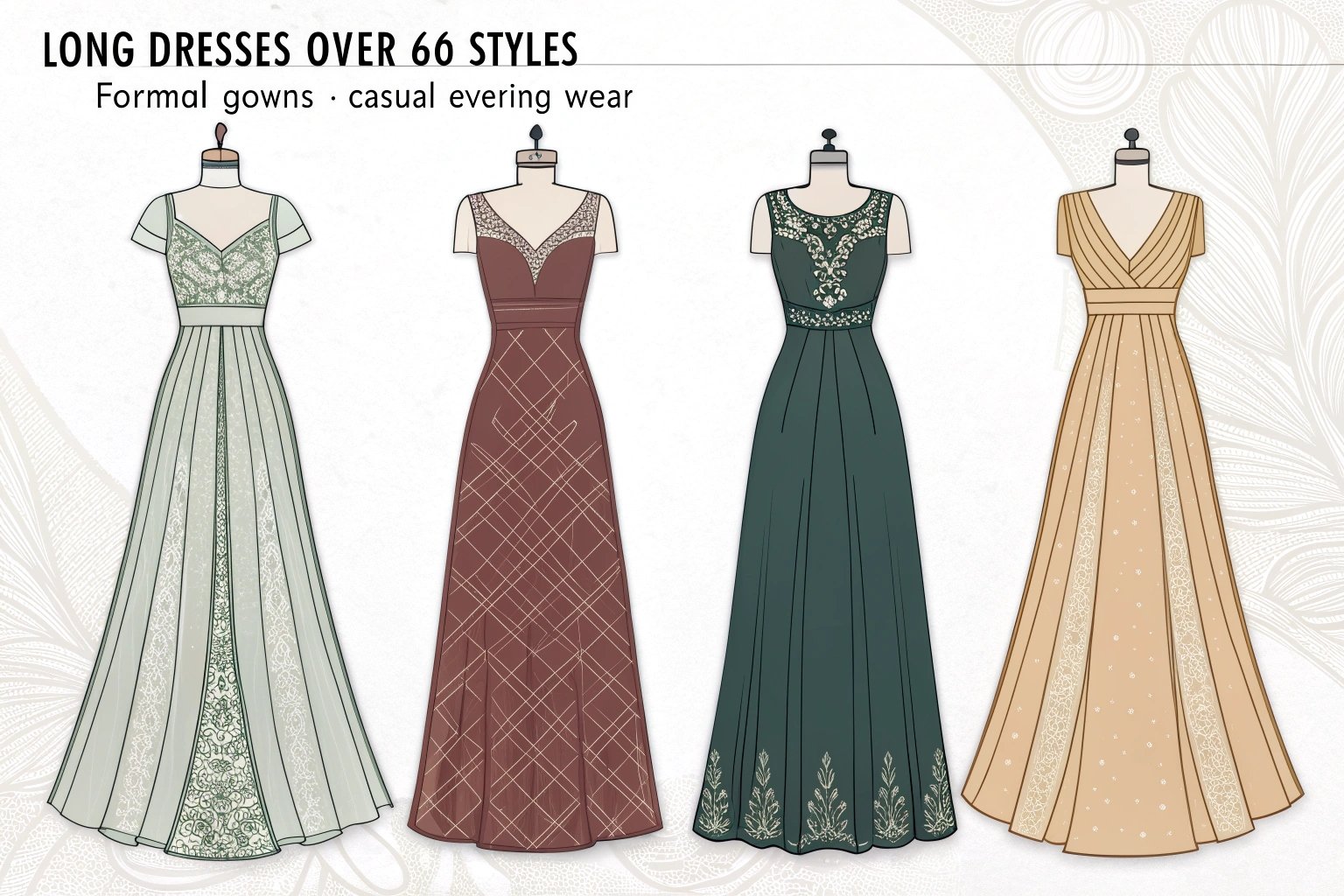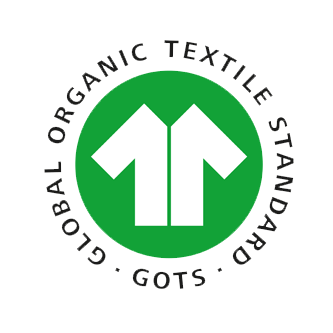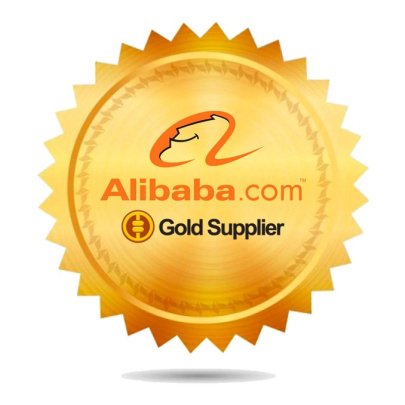Creating your own sportswear brand can be an exciting and profitable venture. However, to ensure your brand stands out and succeeds in a competitive market, it’s crucial to partner with the right athletic clothing manufacturer. This guide will walk you through the essential steps to create a successful sportswear brand.
Starting a sportswear brand involves clear brand identity development, selecting a reliable manufacturer, designing high-performance products, and creating a solid marketing strategy. By focusing on these key areas, you can build a brand that resonates with your target market.
The journey to creating a successful sportswear brand begins with understanding your target audience1 and developing a strong foundation. Let’s dive into the first crucial steps to get started.
What Are the First Steps to Creating a Sportswear Brand?
The first steps to creating a sportswear brand involve defining your brand identity, understanding your target market, and formulating a strategy to differentiate yourself from competitors. This foundation is critical for building a strong brand presence.
To create your sportswear brand, you must first define your brand identity and identify your target audience. Once you have a clear vision, develop a strategy that aligns with your goals and sets your brand apart from the competition.
 Fashion Designer Working on Sportswear Design
Fashion Designer Working on Sportswear Design
How Do You Define Your Sportswear Brand’s Identity and Target Audience?
Your brand identity is the core of your business. It should reflect the values, mission, and personality of your brand. Are you focused on high-performance, sustainability, or affordability? Once you define your brand’s ethos, your next step is to identify your target audience. Consider factors like age, gender, income, lifestyle, and fitness goals.
Are you catering to professional athletes, casual gym-goers, or fashion-forward fitness enthusiasts? This clarity will guide everything from product design to marketing tactics.
| Key Questions | Considerations |
|---|---|
| Brand Mission | Performance-driven, eco-friendly, or luxury appeal? |
| Target Audience | Age group, gender, fitness level, or fashion preference? |
| Market Research | Who are your competitors, and what gaps can you fill? |
What Key Factors Should Guide Your Brand Strategy for Sportswear?
Your brand strategy should address how your sportswear line stands out in the market. Consider your unique selling proposition2 (USP)—what makes your brand different from others? It could be advanced technology, eco-friendly materials, or a focus on inclusivity.
Additionally, your strategy should include product offerings, distribution channels, pricing, and marketing tactics. Set clear short-term and long-term goals for brand growth, while ensuring that your brand remains true to its identity.
| Strategy Elements | Key Considerations |
|---|---|
| Product Offering | What types of sportswear will you create (e.g., activewear, athleisure)? |
| Distribution Channels | E-commerce, retail, or a hybrid approach? |
| Marketing Approach | Digital marketing, influencer partnerships, content creation |
How Do You Find the Right Athletic Clothing Manufacturer?
Finding the right manufacturer is essential for turning your vision into reality. The manufacturer must align with your brand’s values, offer high-quality products, and meet production timelines.
Selecting a sportswear manufacturer involves evaluating their experience, capabilities, quality, and reputation. A reliable manufacturer can help bring your designs to life and scale your business.

What Are the Key Things to Look for When Selecting a Sportswear Manufacturer?
When choosing a manufacturer, there are several factors to consider:
- Experience and Specialization: Choose a manufacturer with experience in producing athletic clothing. Specialized manufacturers understand the specific needs of sportswear, such as performance fabrics and durability.
- Production Capacity: Ensure that the manufacturer can handle your current production volume and has the ability to scale as your brand grows.
- Sustainability Practices: If sustainability is part of your brand values, check if the manufacturer uses eco-friendly materials and follows ethical production practices.
Researching and getting references from other brands can provide useful insights into the manufacturer’s reliability.
How Do You Evaluate an Athletic Clothing Manufacturer’s Capabilities and Reputation?
To evaluate a manufacturer’s capabilities and reputation, start by asking for samples of their previous work. Review the quality, materials, and craftsmanship.
Check for industry certifications and compliance with international standards. It’s also valuable to speak with other clients who have worked with the manufacturer to assess their reliability, production timelines, and customer service.
| Evaluation Criteria | Key Questions |
|---|---|
| Product Quality | Are the samples high-quality and durable? |
| Production Capacity | Can they handle large orders and meet deadlines? |
| Reputation | What do other brands say about their experience? |
How Do You Design and Develop Your Sportswear Line?
Designing your sportswear line is where creativity meets functionality. Your designs should combine performance-enhancing features with aesthetic appeal to create clothing that resonates with your target audience.
Designing your sportswear line requires balancing style and performance. Collaborate closely with your manufacturer to ensure your designs meet both aesthetic and functional needs.
How Can You Create High-Performance, Functional, and Trendy Sportswear Designs?
Designing high-performance sportswear involves selecting the right materials and incorporating functional elements like moisture-wicking fabrics3, breathability, and flexibility. You also need to stay on top of trends—athleisure is growing in popularity, so creating trendy designs that work both for workouts and casual wear will help attract a wider audience.
Work with designers and fabric specialists to ensure your designs meet the technical and aesthetic requirements. Whether it’s the cut, fit, or fabric, make sure your designs enhance performance without sacrificing style.
| Design Considerations | Key Features |
|---|---|
| Functionality | Breathable, moisture-wicking, flexible fabric |
| Aesthetics | Stylish cuts, bold colors, trendy designs |
| Performance Features | Compression, ventilation, seamless construction |
How Do You Collaborate with Manufacturers to Finalize Designs and Prototypes?
Once you have your designs, collaborate with your manufacturer to create prototypes. Provide clear design specifications, sketches, and fabric samples. After receiving prototypes, ensure they meet your quality and fit standards before moving to the production phase.
The manufacturer should be open to feedback and revisions. Communicate regularly to ensure that the final products meet your expectations and align with your brand identity.
What Are the Costs Involved in Creating a Sportswear Brand?
Starting a sportswear brand involves both upfront costs and ongoing expenses. It’s important to budget for design, production, branding, and distribution to ensure profitability.
The costs of creating a sportswear brand include manufacturing, sourcing materials, branding, and marketing. Properly budgeting for these expenses is crucial for your brand’s long-term success.
What Are the Manufacturing and Sourcing Costs You Should Account for?
Manufacturing costs depend on the type of sportswear you’re producing and the materials you’re using. High-performance fabrics or sustainable materials can increase the cost per unit. You’ll also need to account for design and sampling costs, which are often required before moving to full-scale production.
Consider the economies of scale—larger orders typically reduce the cost per unit. It’s important to balance initial investments with long-term profitability by evaluating your target production volume.
| Manufacturing Costs | Considerations |
|---|---|
| Fabric & Material Costs | Higher-end, sustainable fabrics may cost more |
| Sampling Costs | Prototypes and design revisions add to initial costs |
| Production Scale | Larger orders typically reduce unit costs |
How Do You Budget for Branding, Marketing, and Distribution?
Branding and marketing costs include logo design, packaging, and the development of a strong digital presence. You’ll need to invest in social media ads, content creation, and influencer partnerships.
Distribution costs cover shipping, warehousing, and fulfillment, especially if you plan on shipping internationally. Factor in these expenses to ensure your profit margins remain sustainable.
| Additional Costs | Key Considerations |
|---|---|
| Branding & Marketing | Logo design, social media campaigns, influencer partnerships |
| Packaging & Distribution | Custom packaging, international shipping, fulfillment centers |
How Do You Market and Promote Your Sportswear Brand?
Marketing your sportswear brand is essential to building recognition and attracting customers. A solid marketing plan should leverage both digital and traditional strategies to ensure widespread visibility.
Effective marketing for your sportswear brand should include influencer collaborations, social media campaigns, and content marketing. These strategies will help you build brand awareness and grow your customer base.

What Are the Best Marketing Strategies for Promoting Your Sportswear Brand?
Some of the most effective marketing strategies include:
- Influencer Partnerships: Collaborating with fitness influencers, athletes, or social media personalities helps increase your brand’s credibility and visibility.
- Content Marketing: Creating valuable content, such as fitness tips, workout routines, or lifestyle blogs, will keep your audience engaged.
- SEO & Paid Ads: Implement search engine optimization strategies to ensure your website ranks well on search engines. Also, use paid ads on social media platforms to boost brand awareness.
How Can You Leverage Influencers and Social Media to Build Brand Awareness?
Social media is a powerful tool for promoting your sportswear brand. Use platforms like Instagram, TikTok, and YouTube to showcase your products in real-world settings. Partnering with influencers who align with your brand values can help build trust and attract a loyal customer base.
Incorporating user-generated content4—encouraging customers to share their experiences—can also boost brand visibility and authenticity.
How Can You Scale Your Sportswear Brand?
As your brand grows, scaling involves expanding your product range, exploring new markets, and building strong relationships with manufacturers to ensure your business can handle increased demand.
Scaling your sportswear brand involves expanding your product range, targeting new markets, and nurturing strong relationships with manufacturers to meet higher production demands.
Dive Deeper sections for h2:
How Do You Expand Your Product Range and Increase Your Customer Base?
To scale, consider introducing new product categories, such as accessories (socks, gym bags) or seasonal products (swimwear, outerwear). Expanding your product range5 gives your customers more options and helps capture a larger market segment.
Additionally, expanding into international markets or targeting different customer demographics6 (e.g., youth, plus-size athletes) can further grow your brand.
How Can You Build Strong Partnerships with Athletic Clothing Manufacturers for Long-Term Growth?
Building strong, long-term relationships with your manufacturer is essential for scaling your brand. Ensure clear communication, meet deadlines, and offer feedback throughout the production process. This will create a reliable partnership where both parties are committed to achieving mutual success.
Regularly assess your manufacturer’s capacity to handle increased orders and stay open to exploring new opportunities for innovation together.
Conclusion
Creating and scaling a sportswear brand involves strategic planning, choosing the right manufacturer, developing high-performance designs, and crafting a strong marketing plan. By focusing on these core elements and fostering reliable relationships, you can build a successful and sustainable brand in the sportswear market.
-
Discover effective strategies for identifying and understanding your target audience. ↩
-
Understand how to define your unique selling proposition to differentiate your brand. ↩
-
Learn about moisture-wicking fabrics and how they enhance sportswear performance. ↩
-
Discover the power of user-generated content in building brand authenticity. ↩
-
This resource offers strategies for effectively expanding your product offerings. ↩
-
Learn how to effectively reach diverse customer demographics to grow your brand. ↩









